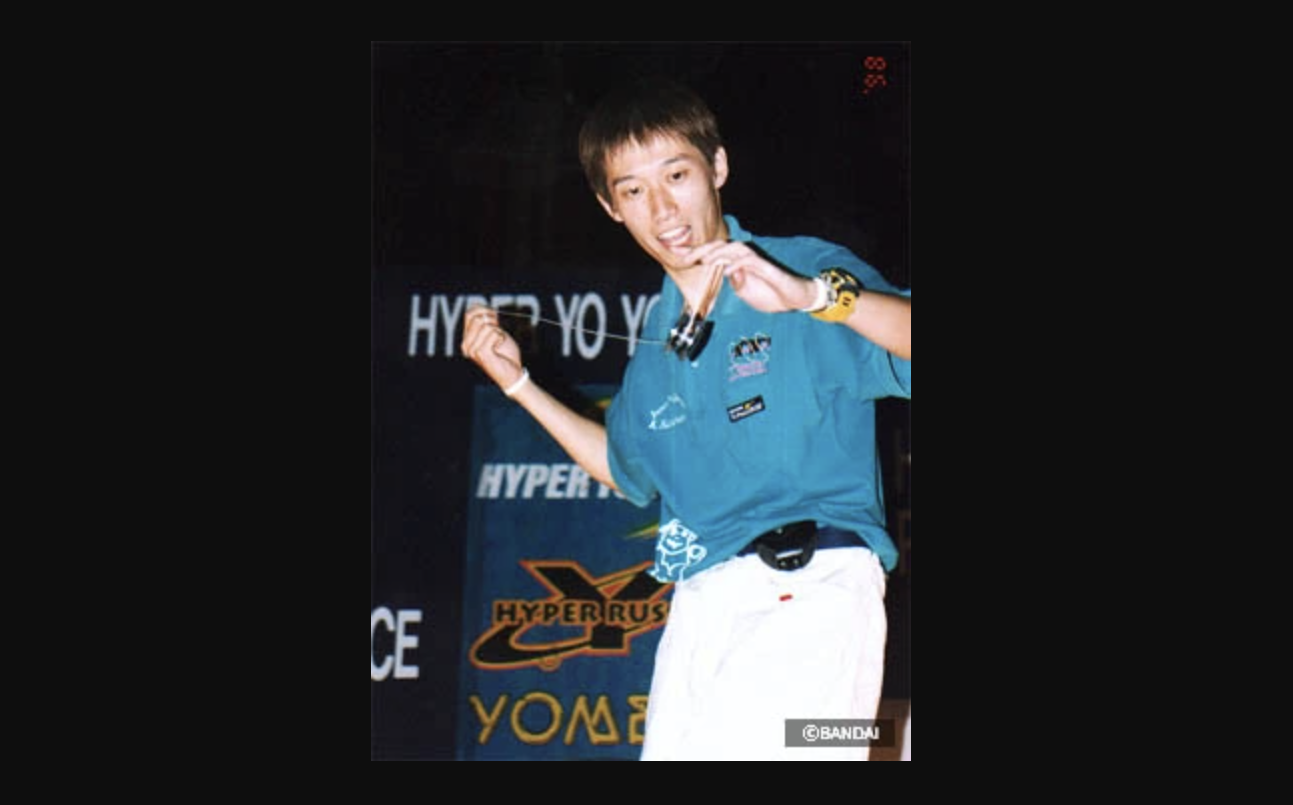How Japan’s Censorship Laws Created Hentai: The Real Story of This Dirty Subculture

It’s almost laughable how one of the most recognizable things of Japan is its adult anime category: hentai.
It is widely known to have started around the 8th century as shunga, which is woodblock print erotic art. The 16th century saw a suppression of literary and illustrative works that were deemed indecent by authorities, and this included shunga. Throughout Japanese history, the country has been incredibly strict with the publication of erotic art, and freedom of press was eliminated during World War II. It was only after 1945 that this freedom was returned to the country.
In the late decades of the 20th century, hentai started taking its real shape. Though adult comics were available, it wasn’t until Osamu Tezuka and his revolutionary style inspired the world of adult entertainment. In the 80s, pornographic material was increasing in demand, and it’s during this time that the anime form of it was introduced. Lolicon and bishoujo were popular, which fit the bright and cartoon-y style of that time.
Over time, hentai started merging with elements of fantasy to curb censorship laws that banned explicit depictions of intercourse and genitalia. Monsters, insects, robots, and more were integrated in partaking sexual roles, but overall, hentai expanded in many more subgenres with the increasing accessibility to self-published works.
Ironically, hentai masterfully avoids being penalized by being extremely weird with alternatives and putting the dodgiest, most minimal mosaics. According to Mark McLelland, the term “hentai” showcases over twice of the results of words “such as samurai, geisha, and sushi” on Yahoo. Hentai has sparked some heated debates in terms of its ethics, mostly because of its depictions of minors and violence, and its misogyny is often associated with the incel community. This is challenged by the recent trend of merging Western hiphop with hentai-style illustrations, putting emphasis on curvy women and “ahegao” [climax face], which is simultaneously for comedic relief and for art.
About the Author:
Mizuki Khoury
Born in Montreal, based in Tokyo. Sabukaru’s senior writer and works as an artist under Exit Number Five.





